YouTube is the second largest search engine in the world, so keyword-optimizing your videos on the platform is just as important as keyword-optimizing your blog posts for Google.
Even if you’ve just created the next “Charlie bit my finger” video, you must remember that an algorithm dictates which videos YouTube will serve to its audience -- and which ones it won’t.
One of the best ways to keyword-optimize your videos for YouTube is leveraging tags. Below, we’ve put together a guide that will explain exactly what YouTube tags are, why they’re important, and some best practices to follow.
What are tags for YouTube?
YouTube Tags are words and phrases you can include in your YouTube videos’ description. They let your viewers, and YouTube, know what your videos are about and can help them rank higher in the platform’s search results.
Why are YouTube tags important?
YouTube tags function to help YouTube grasp your video’s content and context. This way, YouTube can understand your video’s topic and category, and associate it with similar content, which can amplify your video’s reach. The rise of semantic search has made YouTube tags less important over time, but they're still a strategic element you can use to your advantage.
Even though YouTube sites the title, thumbnail, and description as being more important for video SEO on their platform, studies do indicate that there's a slight positive relationship between keyword-optimized tags and ranking (Backlinko). Neglecting to use them isn't a dealbreaker, but they can definitely help.
They're even more important in cases where your target keyword is commonly misspelled because you can tag the misspellings without including them in your title and description.
As a secondary benefit, tags even help you organize and find your own content if you do self-reference tagging (e.g. "Ireland trip 2019").
YouTube Tags Best Practices
To leverage YouTube tags to their fullest potential, check out these tips and tricks.
1. Make your first tag your target keyword and order the rest by importance.
YouTube heavily accounts for your video’s first few tags when ranking content in their search results, especially the first tag. So make sure your first tag is the exact keyword you want to target.
2. Use some broad keywords that describe the overarching topic your video falls under as other tags.
Using broad keywords as other tags helps YouTube understand your video’s context. For example, if you’re creating a video called “How to Hit a Baseball”, you’d want to add “Baseball” as a broad tag to indicate to YouTube that your video’s overarching topic is about baseball.
3. Use some specific keywords that describe the topics you covered in your video as other tags.
Using specific keywords that describe the topics you cover in your video as other tags helps YouTube understand your video’s content. For instance, in the same “How to Hit a Baseball” video, adding “hitting off a tee” or “hitting batting practice” as specific tags would indicate to YouTube the exact topics your video covers.
4. Keep most of your tags between 2-3 words.
While you should certainly include long-tail keywords and a few broad match variations, YouTube seems to prefer 2-4 word phrases (Briggsby).
5. Do not go overboard with tags.
The point of tags is to help the algorithm understand what your video is about so it can surface it to users that are looking for a video like yours. Using too many keywords can cause confusion for what your video is actually about. Research suggests that the optimal number of tags is between 31 and 40 (when used correctly, of course). More than that dilutes their power.
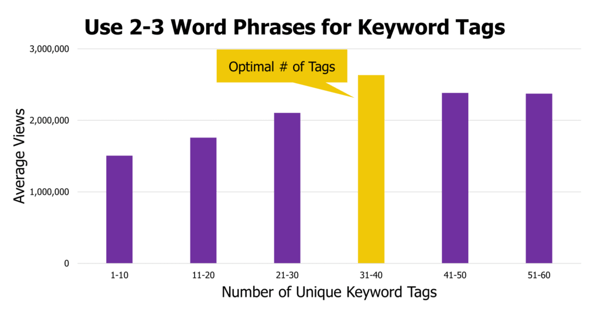
6. Get inspiration from videos that are currently ranking.
If you know what you want to rank for, take notes from those who are already ranking on the topic. Their keyword tags might give you a good starting point for research and inspiration.
7. Get inspiration from YouTube auto-suggest.
Auto-suggest is a feature to help users find what they need. YouTube isn't surfacing these suggestions willy-nilly. Chances are, there's a reason these keywords are suggested, so don't be afraid to go straight to the horse's mouth, so to speak, to draw inspiration.
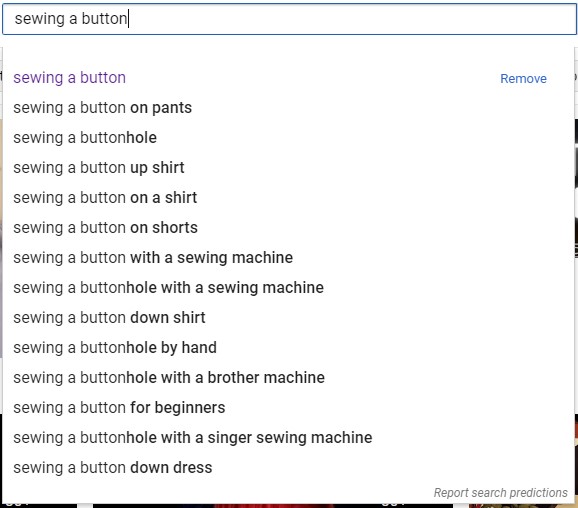
Best YouTube Tag Generators
To discover the keywords you can tag in your videos and help them rank higher in YouTube’s search results, here are three of the best YouTube Tag Generators to try.
1. Keywordtool.io
-3.png)
After plugging your target keyword into its YouTube search bar, Keywordtool.io will provide you with suggested keywords, their search volume, how they’ve trended over the past 12 months, and questions, prepositions, and hashtags that also include your target keyword.
2. Rapidtags
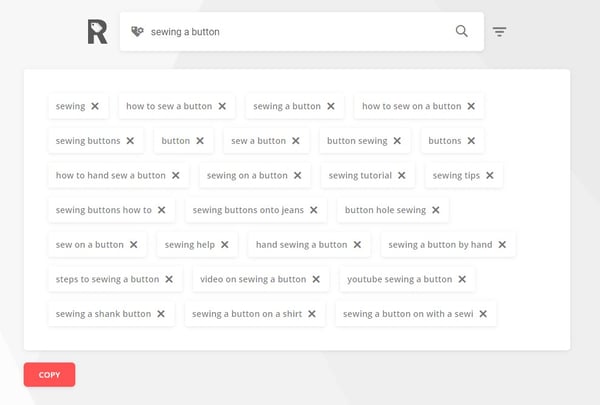
Entering a seed keyword into Rapidtags and then hitting the button will generate a number of related tags for your YouTube video. Best of all, there's a copy button for you to easily pull the text without entering it manually.
3. YTube Tool

This tool helps you extract the tags from a competitor's YouTube video. All you have to do is enter the URL, and the tool will then return your results.
4. Keyword Keg
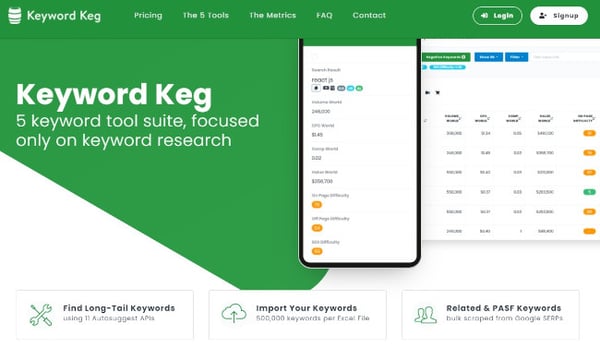
Using Keyword Keg, you can enter your target keyword into the tool and it’ll serve up its search volume, cost-per-click, competition, on-page difficulty, off-page difficulty, SEO difficulty, CTR scope, keyword power, trends, and suggested keywords. You can also filter your results by country and language.
5. VidIQ
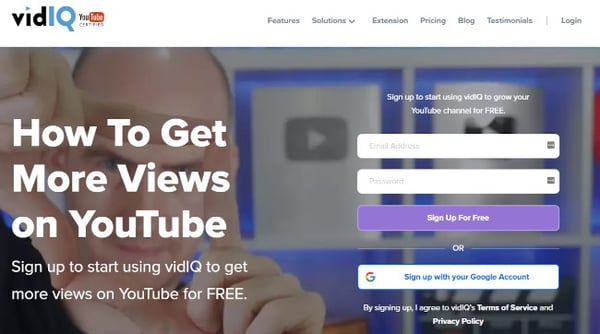
VidIQ will display your target keyword’s related keywords, related score, search volume, search score, competition score, and overall score, which is a combination of a keyword’s related score, search score, and competition score.
With these tools and types for generating optimized YouTube tags for SEO, you're well on your way to getting your content found on YouTube. Continue optimizing other elements of the video as well and monitoring your channel's growth.
Editor's note: This post was originally published in July 2019 and has been updated for comprehensiveness.
No comments:
Post a Comment